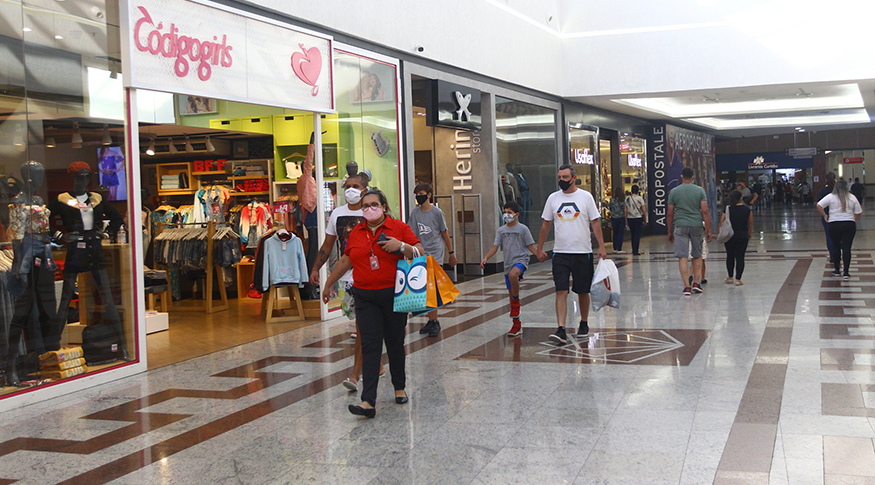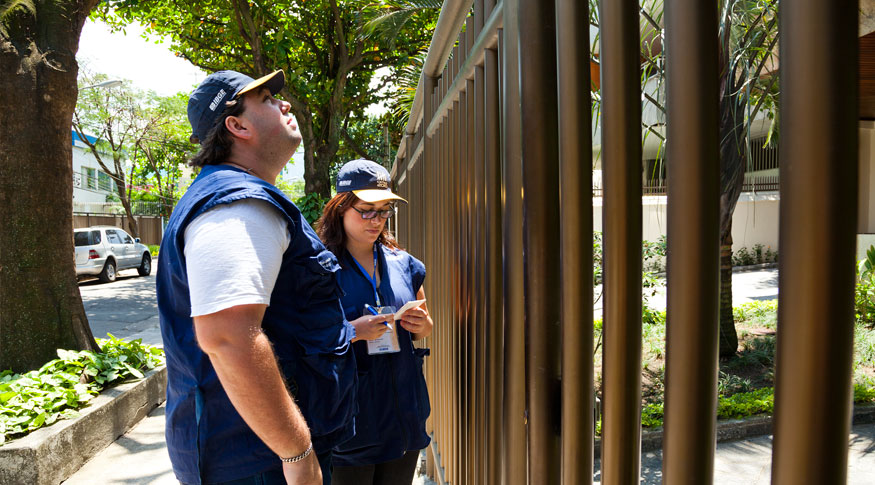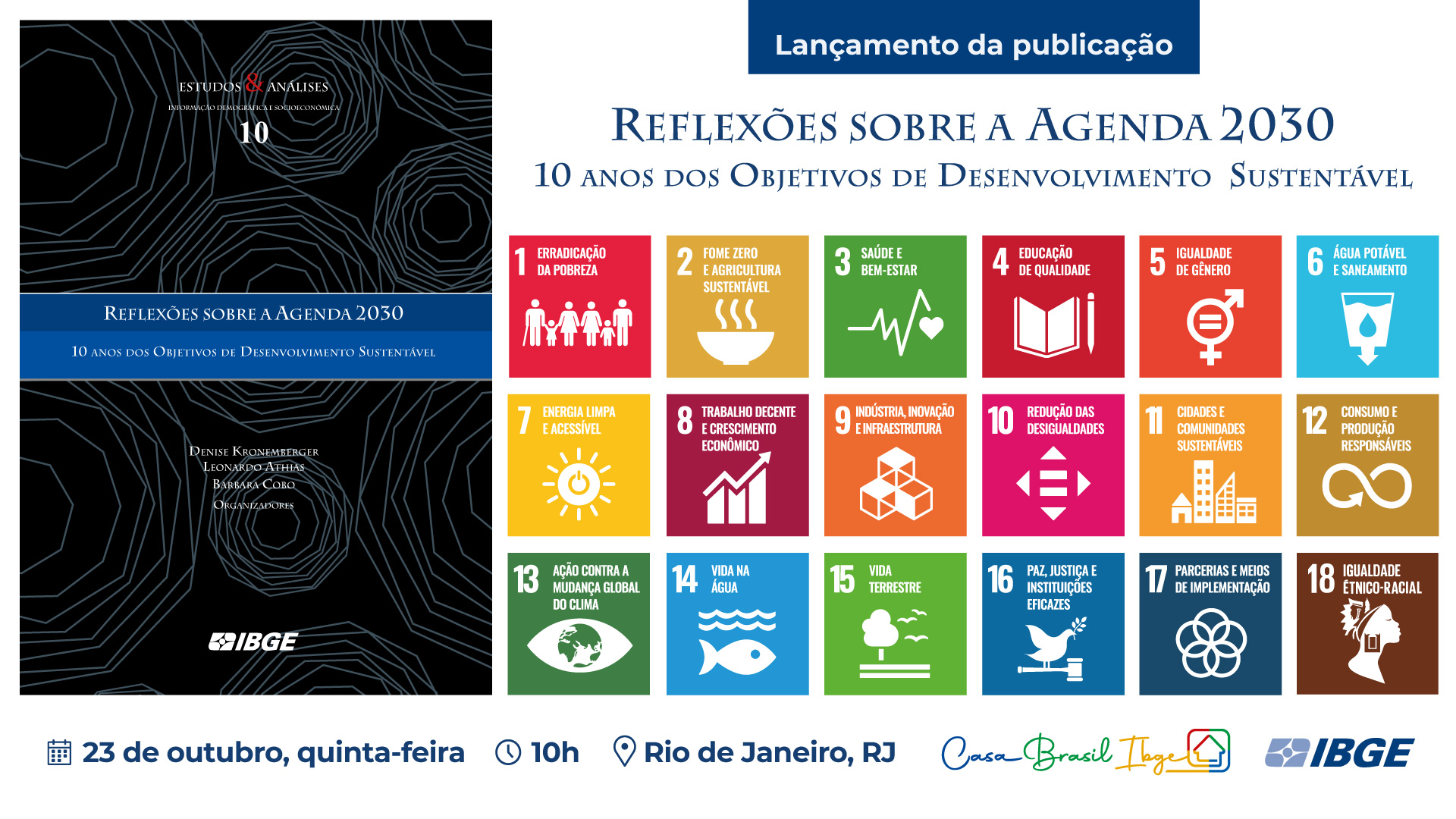Enterprise Pulse Survey
Six out of ten enterprises rank effects of Covid-19 as small, null or positive in the second half of July
September 02, 2020 09h00 AM | Last Updated: September 04, 2020 08h35 PM

A total 37.5% of the 3 million enterprises in operation in the second half of July reported negative effects of the novel coronavirus crisis on their businesses. For another 36.3%, there were small or no effects; and for 26.1%, positive ones. Most of the activities considered that small, no or positive effects prevailed. The data comes from the Enterprise Pulse Survey: impact of Covid-19 on Enterprises, released today (2), by the IBGE.
“Despite the continuity of negative effects, a highlight is the perceived improvement in comparison with preceding periods. In the second half of June, the incidence of negative effects was reported by 62.4% of the enterprises; in the first f of July, by 44.8%; and now, in the second half of July, by 37.5%. That was already expected, since, as the flexibilization process expands, enterprises generate more revenue”, Flávio Magheli, IBGE’s coordinator of Short-Term Enterprise Surveys, explains.
Perceived negative impact is higher in large-sized enterprises (37.8%), those with more than 500 employees; and in small-sized ones, with up to 49 employees (37.6%). However, large-sized enterprises are also the ones reporting most small or no effects (41.25%).
“The services sector has faced most negative effects, whereas construction has the biggest percentage of small or no effects”, Mr. Magheli highlights.
The pandemic has affected 42.9% out of 1.3 million services enterprises, mainly in professional, administrative and complementary services (53.8%) and services rendered to families (48%). In trade, 36.1% out of 1.2 million enterprises reported negative effects, with a highlight to trade of vehicles, pieces and motorcycles (38.3%), and retail trade (37.8%).
In industry, 30.6% of the 334 thousand enterprises reported negative effects in this fifteen-day period; for 35.8%, there were small or no effects, and for 33.6%, positive ones.
“There has been increase of perceived improvement and of high or positive effects and small or no effects, in the segments of services and trade. By Major Region, the Southeast and South stand out, with the highest incidence of small or no effects in the period.”
In construction, the percentage of perceived small or null effects went from 26.7% in the first half of June to 55.4% in the second half of July. In trade, small or no effects were reported by 36.5% of the enterprises, and positive ones, by 27.4%. In industry, 35.8% of the enterprises reported small or no effects; and 33.6%, positive ones; in services, the indexes were 33.6% and 23.5%.
Among the Major Regions, the North concentrates the highest incidence of enterprises perceiving positive impacts: 41.1%.The South and Southeast still hold the lowest incidence of negative effects, with, respectively, 36.7% and 33.3%, rates which, in previous periods, were above 40%. The Northeast is the Major Region where companies were more seriously affected by the novel coronavirus crisis (49.6%), followed by the Central West (44.7%).
Three out of every 10 enterprises reported sales decrease
For 34.4% of the enterprises in operation, there was perceived decrease in sales, with an improvement against the previous fifteen days (46.8%). That was perceived by 34.4% of the small-sized enterprises, 33% of the medium-sized ones and 26.4% of the large-sized enterprises.
Effects were small or null for 37.1% of the enterprises, reaching 46.6% of the large-sized ones, which were the least affected. And for 28.4% of the enterprises, there was increase in sales in the second half of July.
By sector, the perceived decrease of sales was reported by 29.5% of trade; 38.6% of services enterprises. 30.7% of industry, and 43.6% of construction enterprises. A highlight is the bigger incidence of small or no effects in the segments of industry (35.6%), trade (37.1%) and services (38.4%).
More than half of the enterprises perceived no negative effects in production or in the access to suppliers
Most of the enterprises (55%) reported not having perceived any effects of Covid-19 on the production of goods or on customer service capacity. Tha percentage reaches 61.8% among large-sized enterprises and 57.4% among medium-sized ones. But 33.1% of the total enterprises still reported difficulties and 11.6% said that was easier.
For 44,8%, there were no significant changes in the access to suppliers. But there was increase of the percentage of enterprises reporting difficulties, 45.3%, a rate that had been 38.6% in the previous fifteen days.
“The most influential ones were small-sized enterprises (45.5%). Among the activities, the highlights are trade companies (65.2%), especially retail trade (71.9%) and trade of vehicles, pieces and motorcycles (70.45), in which seven out of every ten enterprises reported difficulty of access to suppliers”, Mr. Magheli highlights.
There was also decrease in the perceived difficulty to make regular payments, with a change from 47.3% in the first fifteen days of July to 38.9%, in the second half of July. On the other hand, there was an increase to 49.7% of the percentage of enterprises reporting no significant changes, a figure that was 69.9% in large-sized enterprises and 60.9% in medium-sized ones.
Among the activities, construction companies (67.5%) and industrial enterprises stand out (55.5%), as they report no significant changes. “That is a sign of improvement of revenue, which enables regular payments to be made,”, Mr. Magheli says.
Small-sized enterprises are the ones keeping most jobs
More than eight out of every 10 enterprises (84.6% – about 2.5 million ones) reported not having made changes in staff by the end of the second half of July in comparison with the previous fifteen days.
Only 7.9% (242 thousand enterprises) reported having reduced the number of employees. From that total, the biggest proportion of reduction (68.4% or 165 thousand enterprises, among which only 155 are small-sized) with a figure below 25%. Regardless of size, economic activity or geographic location, the biggest percentages of decrease stayed at 25% of the employees.
Information and prevention campaigns and the adoption of extra hygiene measures is still the main initiatives aiming at combating the pandemic, being adopted by 93% of the enterprises. Remote work for employees was adopted by 34.9%; bringing employees' vacations forward was measure taken by 20.3% of the enterprises; postponing the payment of taxes, by 30.5%; the method of delivery of products or services, including the change to online services, was altered by 29.1%; and an emergency credit line was requested by 11.4% of the enterprises.
Enterprise Pulse Survey shows enterprise perceptions
The results for the fourth round of the Enterprise Pulse Survey show the perceptions of enterprises in operation in the end of the second half of July against results in the first one. The survey monitors the evolution of the main effects of the Covid-19 pandemic on the activities of non-financial enterprises and is part of the IBGE's Experimental Statistics.
“In the second half of July (fourth edition), we've seen the incidence of enterprises that reported negative effects, but with an upward trend in the perceived null or positive effects, which stand out in this period of reopening and gradual resumption of the economic activity,” Mr. Magheli adds.



















